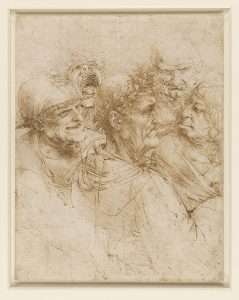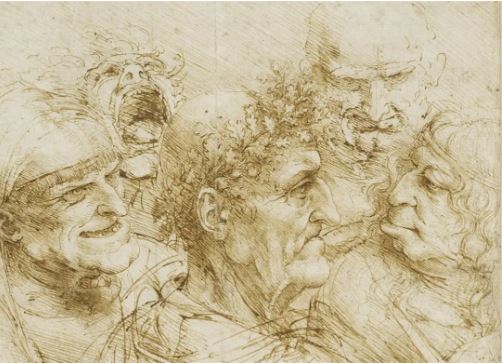The course focuses on the theme of disobedience from the second half of the 18th century to the opening decades of the twentieth. Observing how literature, science and the press approach acts of disobedience to societal norms allows to us to understand by way of contrast how the ideal rules of behaviour for men and women—”the good Italian”—in the pre-and post-unification periods were defined. The texts studied in the course illustrate the birth of an ideology that sets out to establish in ever more definitive and sharp terms that which is normal and acceptable by concentrating on that which is abnormal and unacceptable. From this perspective: there are many examples of those considered abnormal and who stray from the straight and narrow: children and adolescents are to be guided and admonished on their way to becoming adults; poor proletarians and sub-proletarians, often see as savages, must be educated; girls and women must follow precise models and a pre-written script that leave very little space for freedom. Through study of a variety of textual formats—novels, tales, conduct manuals, and essays from the field of criminal anthropology, we will discover how in the 19th century the already dominant bourgeois mentality attempted to find the origin of disobedience in the bodies of those women and men who, for social, economic or psychological reasons, did not conform to the idea of the “good Italian.”




